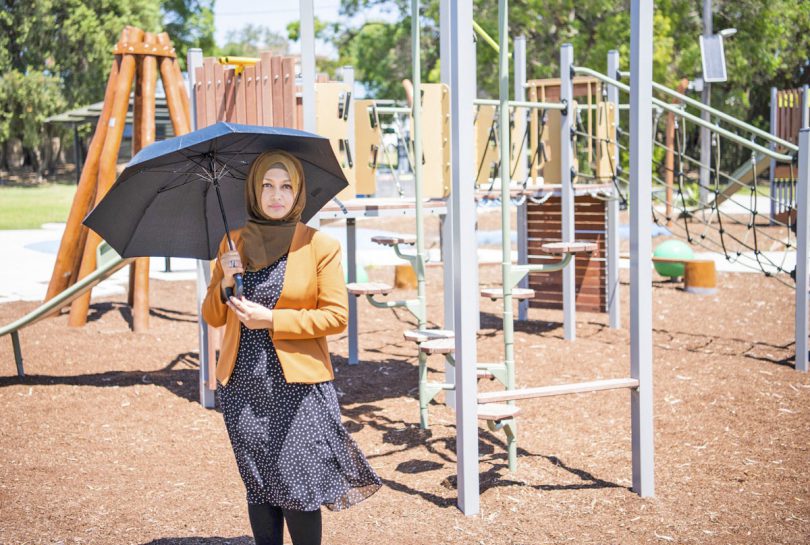Cr Sabrin Farooqui said that while the elderly and young are most at risk of heat, everyone’s affected.
She said the region experiences increasingly warm weather, and it is predicted that the number of hot days (30C or higher) in Western Sydney will increase significantly.
“In summer it is important to consider the increased risks of sun (UV) and heat exposure on our community, this is particularly relevant in playgrounds that are frequently used by families,” she said.
“There are still a number of playgrounds and open space areas across the area that do not have enough adequate shaded areas which reduce the risk of sun and heat exposure to our residents.
“To ease the conditions that represent a serious threat to the quality of life and public health, the council needs to take action.”
She said a report looking into the measures and costs is only the first step, “then we can look at the funding”.
“It is not just about planting trees, it’s also water foundations, and a number of other things we could do to reduce the heat,” she said.
Cr Joe Rahme said he spent time with his children at Granville pool where he realised there was no shade, “we all got sunburnt even though we had sunscreen on”.
According to the ‘Cooling Western Sydney’ study undertaken jointly by the University of NSW and Sydney Water, while greenery does have a cooling effect, the most effective results come from a combination of water-based technologies – including fountains- used in conjunction with cool material technologies such as cool roofs and pavements.
Western Sydney Regional Organisation of Councils (WSROC) President, Councillor Barry Calvert said it’s time to challenge conventional thinking around mitigating urban heat, including the way we look at the built environment, energy demand, public health and ‘greening’ cities.
Vital to keep cool in toxic heat
WITH heat killing more people than floods, fires and storms combined, Cumberland Council will look at how to increase the amount of shade and reduce the temperature in parks and open spaces, particularly in playgrounds.


